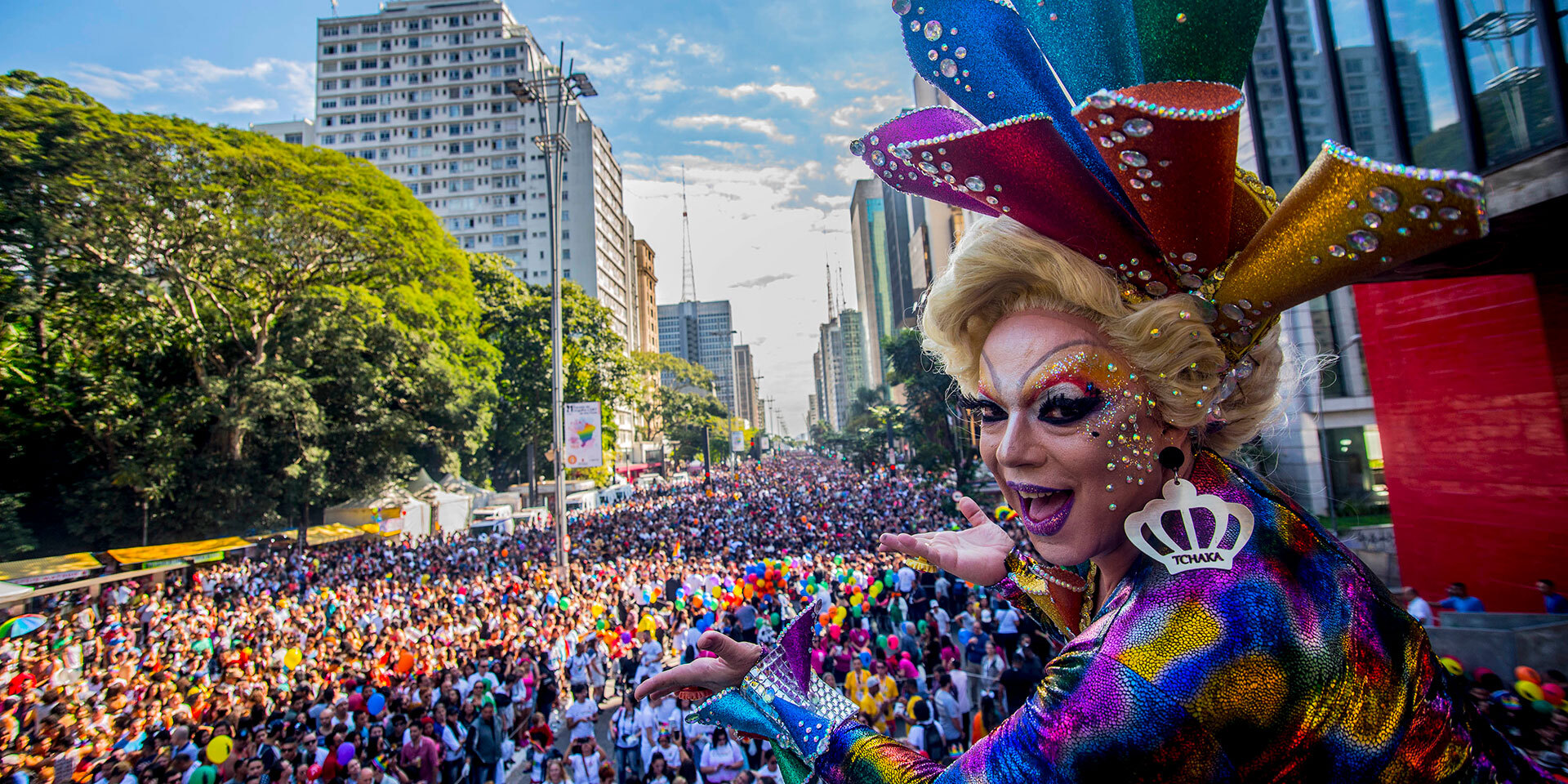Countdown to Kilimanjaro: How to prepare for climbing Africa’s highest mountain
Kilimanjaro, Africa's tallest mountain (and the tallest single free-standing mountain above sea level on the planet) a breathtaking, near-20,000 ft peak surrounded by the wildlife-rich landscapes of eastern Africa.
Despite its impressive height, thanks to the accessibility of its numerous trails you don’t have to be a highly trained and experienced hiker to reach its summit, plus, with the Kilimanjaro, Safari and Zanzibar Bookitlist tour we'll arrange everything, so you can relax and enjoy the experience!
However, this once in a lifetime experience does require some training and preparation, read on to discover how to prepare for climbing Africa’s highest mountain.
Booking your tour (from 6 months)
The first step in your Kilimanjaro adventure is booking your tour.
Aim to book at least six months in advance of your departure, to give yourself enough time to make the necessary preparations.
There are plenty of tours to choose from, so how do you know what's right for you? We recommend choosing a tour that takes care of every detail so that you can relax and concentrate solely on the challenge at hand.
Our tour includes flights, transfers, accommodation, expert and friendly local guides, meals, a free training guide to help you achieve your base fitness level, and even a completion medal which will be the perfect memento of what is sure to be a memorable adventure!
Plus, you can secure your place for just £50!
A fitness plan (from 6 or 3 months)
So you've booked your tour, now you need to make sure you're physically (and mentally) prepared for the challenge!
Scaling Kilimanjaro is no easy feat, there are some steep ascents, uneven terrain, and the high altitude adds an extra layer of difficulty.
However, you don't have to be an athlete to complete the trek, thousands scale the mountain every year, and with the right preparation, you can too!
Start with regular runs, bike rides or gym classes, along with some strength training such as weights (these don't need to be super heavy!), and core exercises such as planks, squats and lunges, to improve your leg strength.
The best way however is by walking! In the months leading up to your trip, try and complete plenty of long walks (4-6 hours), wearing the boots that you'll be using for the actual trek, to help break them in. Also, carry a backpack filled with the snacks and key personal items you'll be taking with you on your challenge. Aim for at least one of these walks every couple of weeks.
Everyone who books our tour will be given an optional 8-week training programme to help them achieve the base fitness level required to complete the challenge.
Arranging necessary travel documents and vaccinations (3 months or 1 month)
To avoid any last-minute panic, we recommend organising all relevant travel documents and vaccinations well in advance of your departure.
All British passport holders must have a tourist or business visa to enter Tanzania. Applications can be submitted using the ‘e-visa’ online system here.
In terms of the vaccinations you'll need, these should include Hep A, Hep B, rabies, diphtheria, tetanus, polio, typhoid, and yellow fever. You may already be vaccinated for some of these, your GP will be able to advise.
Proof of Coronavirus vaccination is not required, however, currently, all travellers entering Tanzania must complete an online Traveller’s Surveillance Form prior to their arrival, and present proof of a negative PCR test taken within 96 hours of arrival.
Other important documents include your travel insurance (we recommend this for all travellers), and a photocopy of your passport in case you lose your original.
A packing list (from 2 weeks)
, now for the final step, the packing list!
From humid rainforest at the bottom, to arctic temperatures at the peak, you'll encounter all manner of conditions on your journey, so along with a good pair of boots (that have been properly 'broken in'), you'll need to pack clothing for all weathers.
Think thermals, liner and ski gloves, a cap, a warm hat, windproof trousers, and both a good waterproof and down jacket, plus plenty of layers that can be put on or removed as the temperature changes.
Other key items include a water bottle with a built-in filter or, alternatively, chlorine tablets; snacks that should be eaten little and often to maintain energy, (cereal bars, energy bars, energy gels, fast energy sweets, nuts and dried fruit are all great options).
You'll also need a torch, spare batteries, a power bank for charging your phone and camera as there are no charging points on the mountain.
Acclimatise, relax and enjoy it
So you've booked your tour, prepared physically, arranged all your travel documents and vaccinations, and packed your bags....now all that's left to do is acclimatise, relax and enjoy the challenge!












